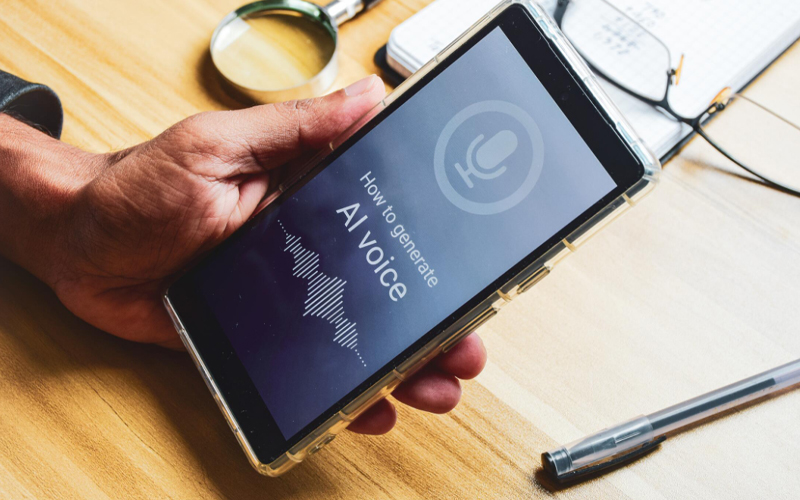In a digital-first world where customers continuously consume content, every interaction matters. From the first introduction of the brand online to the final support query, each point of contact shapes the customers’ perception and overall experience. Whether you are a global enterprise or a fast-scaling startup, recognising and optimising these customer journey touchpoints is vital. These interactions directly influence customer satisfaction, retention, and conversion, and have the potential to make or break long-term loyalty. Getting customer touchpoint management right is not just about service excellence but a strategic advantage that drives business outcomes.
breaking down customer journey touchpoints
Customer journey touchpoints are the key moments where a customer interacts with a brand, either directly or indirectly. These span the full customer journey, from discovery to loyalty. Some of the key touchpoints at each stage include:
- Awareness: Digital ads, organic social media, influencer posts, blogs, or press mentions.
- Consideration: Product demos, website comparisons, customer reviews, webinars, or case studies.
- Acquisition: Checkout process, app onboarding, live chat with sales, or trial sign-ups.
- Service: Helpdesk support, chatbot experience, knowledge base, or post-sale email follow-ups.
- Loyalty: Loyalty programs, referral requests, review solicitations, satisfaction surveys, or retargeting campaigns.
Each of these customer journey touchpoints plays a critical role in shaping perception and influencing behaviour. Identifying and improving them leads to higher satisfaction, reduced churn, and stronger brand loyalty.
identifying customer journey touchpoints
The first step in effective customer touchpoint management is identifying the most critical touchpoints within their journey. This process involves three key steps:
- Define your target audience: Start by identifying who your customers are, what they need, and how they behave across channels. Demographic data, behavioural signals, and persona profiles help uncover what matters most to them.
- Identify behavioural patterns: Use analytics tools to spot recurring actions, drop-off points, or common friction areas. This reveals where customers engage most and what deters them.
- Map the customer journey: Create a visual customer journey map that outlines every interaction across omnichannel touchpoints. Include emotions, goals, and pain points at each stage to gain a full picture of the experience.
Each step in this process builds a foundation for effective customer touchpoint management, ensuring you leave no interaction to chance and capture every opportunity to improve customer experience.
customer touchpoint mapping for enhanced customer experience
Effective customer touchpoint mapping allows companies to create journeys that feel seamless and personal. Effective implementation enhances customer satisfaction, reduces friction, and builds brand trust.
Customer touchpoint mapping is about more than just plotting customer journey touchpoints – it is about optimising each interaction, which involves:
understanding customers from their perspective
Move beyond demographic profiles and step into your customers’ shoes. Gather feedback, create detailed personas, and use insights to build a 360-degree view of their needs and preferences. Outline their journey clearly and identify the exact omnichannel touchpoints they encounter. This helps empathise with pain points and tailor experiences to what truly matters, making every interaction feel relevant and timely.
aligning efforts with business size and priorities
Not every initiative suits every business. Assess what is achievable based on your resources. Prioritise high-impact touchpoints and allocate budget wisely to get the most value.
This approach ensures your customer experience strategy remains realistic, scalable, and focused on driving measurable outcomes.
building consistency across all interactions
Assign clear roles and tasks for managing each touchpoint. Focus on consistency across platforms – whether it is marketing, product usage, or post-sale support. Leverage in-app flows and personalised messaging to increase satisfaction. Always include customer service touchpoints as key differentiators, because when interactions feel coherent and reliable, customers are more likely to trust your brand and return for repeat engagement.
using tools to optimise and automate
Leverage next-gen technologies to track, analyse, and enhance interactions. CRM systems can centralise data, while AI helps automate repetitive tasks. Run A/B tests on critical customer journey touchpoints to understand what works best and adjust accordingly. Continuous improvement is the key to delivering consistent CX. By combining real-time insights with automation, businesses can respond faster, personalise at scale, and deliver better experiences across the board.
With proven expertise in customer service outsourcing, Infosys BPM helps businesses leverage AI-first tools to elevate customer touchpoint management and redefine the end-to-end customer experience. Using advanced analytics, AI, automation, and CRM integration, Infosys BPM enables organisations to gain real-time insights, personalise interactions, and deliver consistent engagement across omnichannel touchpoints.
conclusion
Effective customer touchpoint management is critical for removing friction, building trust, and delivering consistent, high-value experiences across omnichannel touchpoints. By identifying and optimising key touchpoints, businesses can enhance loyalty, satisfaction, and ROI. A smart, tech-driven strategy helps support long-term relationships and future-proof customer engagement. With evolving expectations, placing the customer at the centre of customer touchpoint mapping is essential for driving not only better service but also smarter, sustainable business growth.








